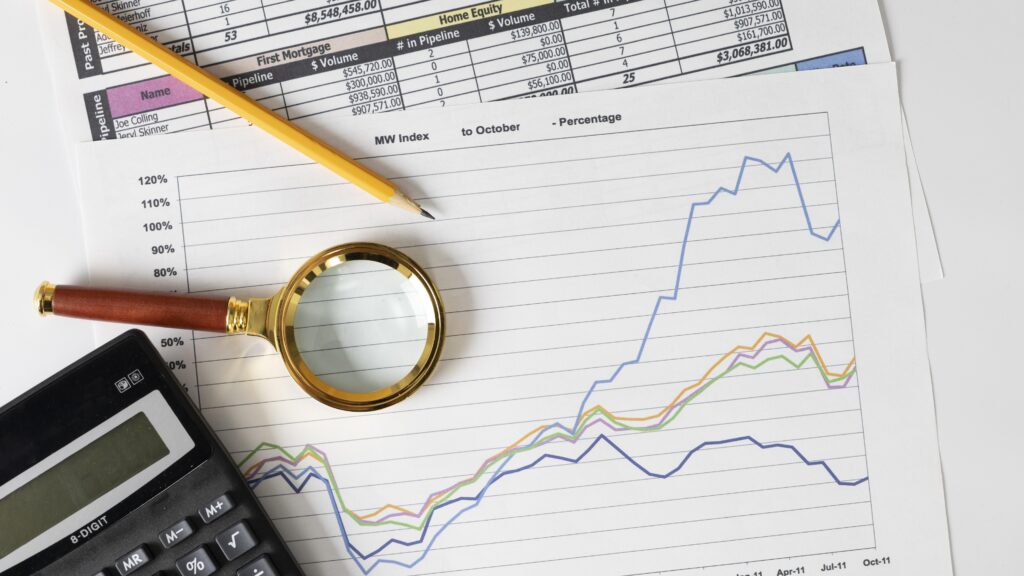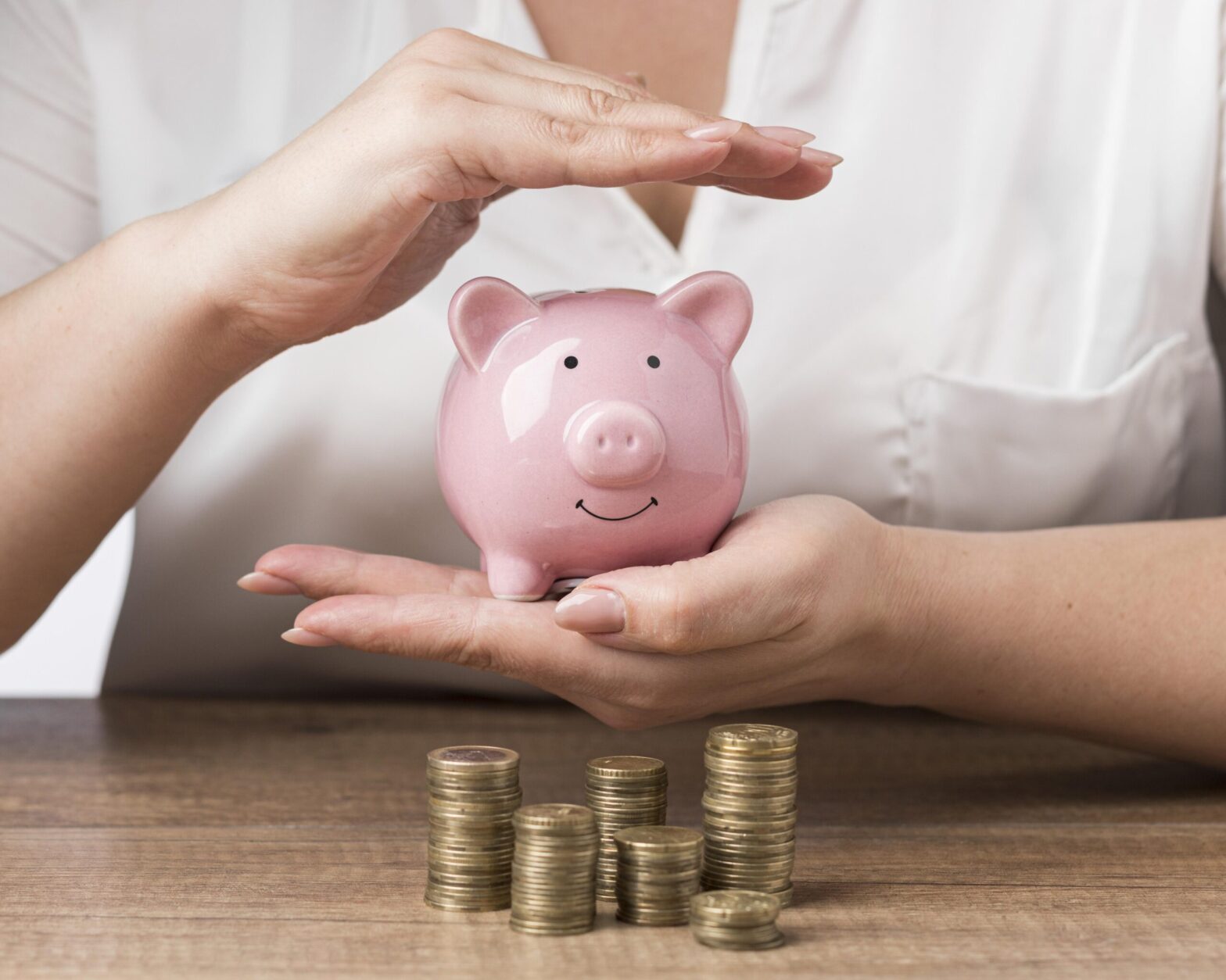Grasping the Idea of an Emergency Fund

Do you often find yourself running low on funds and struggling to meet your expenses? What you might really need is an emergency fund. Discover how to establish one swiftly and effortlessly, empowering you to regain control over your financial situation.
Recognizing this is vital because an emergency fund can be a lifesaver in the near future!
What Exactly is an Emergency Fund and Its Importance?
An emergency fund is essentially a stash of money reserved for urgent needs and crises. Since these situations are bound to occur, being prepared is essential. With an emergency fund in place, you can navigate life’s challenges with greater confidence and tranquility.
When and How to Access Your Emergency Fund
While many individuals create emergency funds, a frequent error is using them for non-essential purchases. This habit can drain your reserves on frivolous items, leaving you vulnerable during genuine emergencies.
It’s crucial not only to build an emergency fund but also to practice discipline to avoid impulsive spending from this account.
Advantages of Being Financially Prepared
Studies show that finances significantly influence our emotions. Hence, having funds set aside for emergencies is essential.
Unexpected costs can arise, whether it’s a flat tire, a household leak, or a sick pet. An emergency fund helps ensure these surprises don’t spoil your day—or worse, your week. It truly becomes a valuable partner.
Quick Steps for Your Emergency Fund
Set Your Initial Target
Before you start planning your emergency fund, clarify your goal. Are you looking to save indefinitely, or do you have a specific amount to aim for? These considerations are key as you embark on your funding journey.
Quick Calculating: How Much Should You Save?
To determine your emergency fund, start by totaling necessary monthly costs such as rent, groceries, utilities, and transport. Then, multiply this sum by the number of months you want to secure (typically between 3 and 6 months). This figure will serve as your primary savings target.
Utilize Simple Budgeting Tools
Utilizing tools like Excel, Google Sheets, or finance apps (like Mobills or Organizze) can assist in tracking your expenses and savings. Set monthly targets and monitor your progress to maintain discipline and achieve your desired fund.
Effective Saving Strategies
Simple Habit Adjustments to Increase Savings
We often overlook how much we spend on non-essential items. By examining your monthly bills and expenses, you can uncover where your money is going. You might find recurring subscriptions or services that you’re no longer using, such as streaming platforms or apps.
Make the Most of Discounts and Loyalty Programs
Leveraging discounts and loyalty programs can significantly reduce your spending, allowing you to save more for your fund. However, be cautious to ensure you’re not making unnecessary purchases and sticking to your budget.
Selecting a Safe Place for Your Emergency Fund
Evaluating the Pros and Cons of Options
Nowadays, there are sensible choices available that allow you to earn a return on your savings. It’s essential to research and evaluate each option to see which aligns best with your goals. Just be sure to avoid high-risk investments that might jeopardize your savings.
Factors to Consider for Safe Accounts and Investments
When choosing where to place your emergency fund, focus on options that offer high liquidity and minimal risk, ensuring quick access to your money when needed. Savings accounts, daily liquidity CDBs, and interest-bearing digital accounts are excellent choices as they provide both security and easy withdrawal. Steer clear of volatile investments like stocks, as they can put your emergency savings at risk when you need them most.
To accelerate the growth of your fund, consider seeking additional income sources as a valuable contribution. Always remember to replenish your emergency fund after utilizing it and maintain discipline to avoid impulsive spending of your savings.



